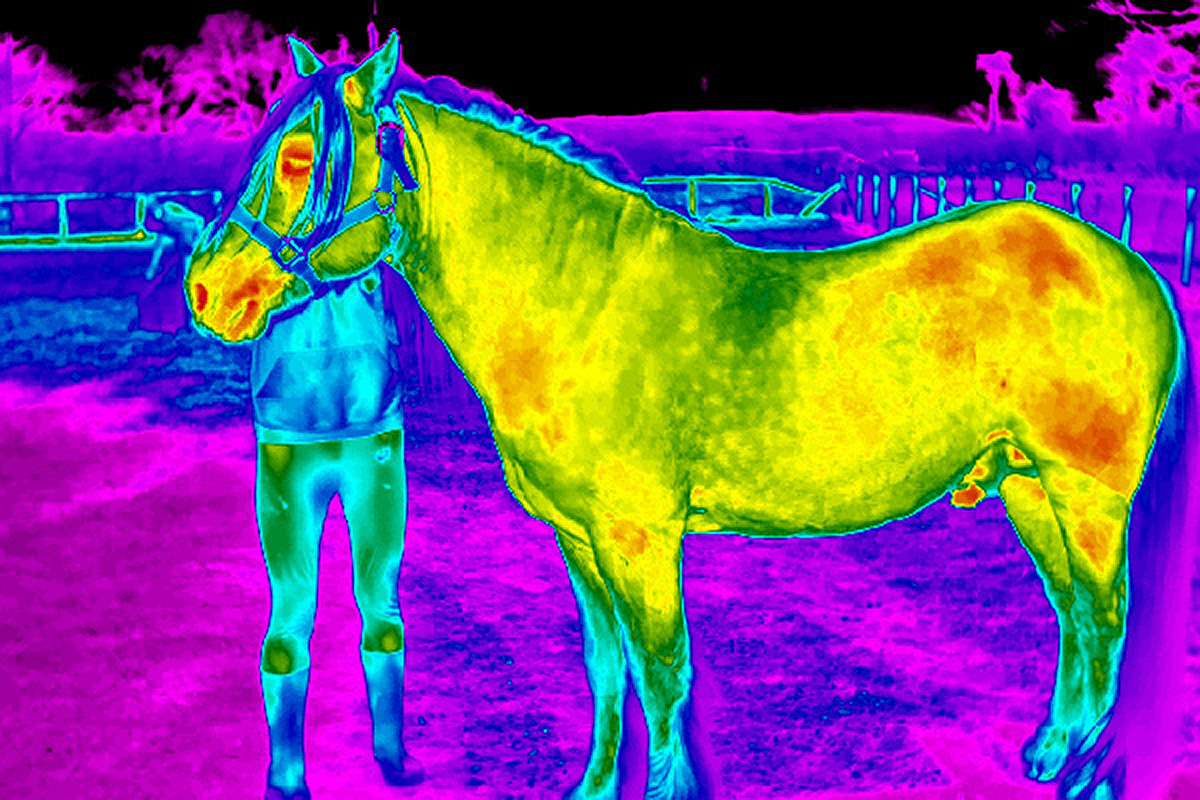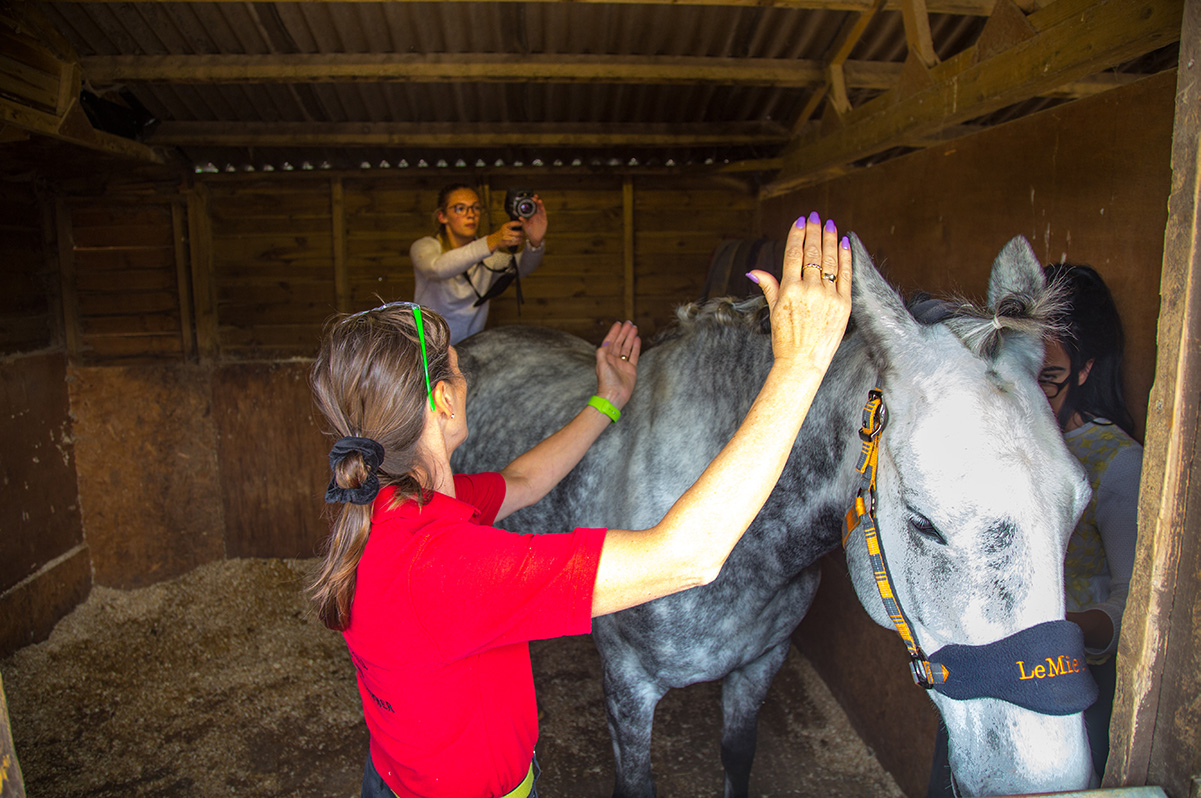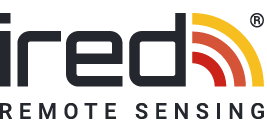The Hampshire-based industry-leading thermal imaging company iRed has launched a new training course – in Equine Thermography.
It explains how the use of thermal imaging cameras and correct interpretation of data can identify medical issues with horses.

A horse viewed in infrared.
In fact, a US study has shown that thermography can identify areas of injury up to three weeks before a horse exhibits clinical symptoms.
When thermography was a new science iRed set up a training centre for those in the building and electrical trades to explain how the technology could benefit them.
The company has expanded dramatically and has a whole variety of packages and services – and a number of courses of which Equine Thermography is the latest.
It is attracting veterinarians, farriers, therapists and others involved in animal husbandry.

Equine Thermography is a hands-on course at iRed.
Ray, who founded iRed in Emsworth 2002, said: “The applications for this technology are never-ending.
“Equine thermography is a branch of the science that allows a non-invasive inspection to detect minute differences in a horse’s thermal and neural condition.
“Because blood flows more heavily to areas that are injured it is possible to detect heat differences.
“This allows early identification of problem areas so vets can investigate further and make a more detailed diagnosis.
“Obviously early intervention can hasten recovery and ultimately save a great deal of time and money.
“Thermal imaging cameras can quickly identify nerve damage, bone injury, undiagnosed lameness, muscle damage, tendon stress and soft-tissue damage in horses.
“The techniques can work in theory for any warm-blooded animal.
“Our course includes training attendees about the cameras and how to set them up and operate them.
“And then we train how to prepare reports which require equine pattern recognition and knowledge of equine anatomy and physiology.”

